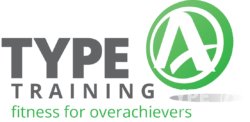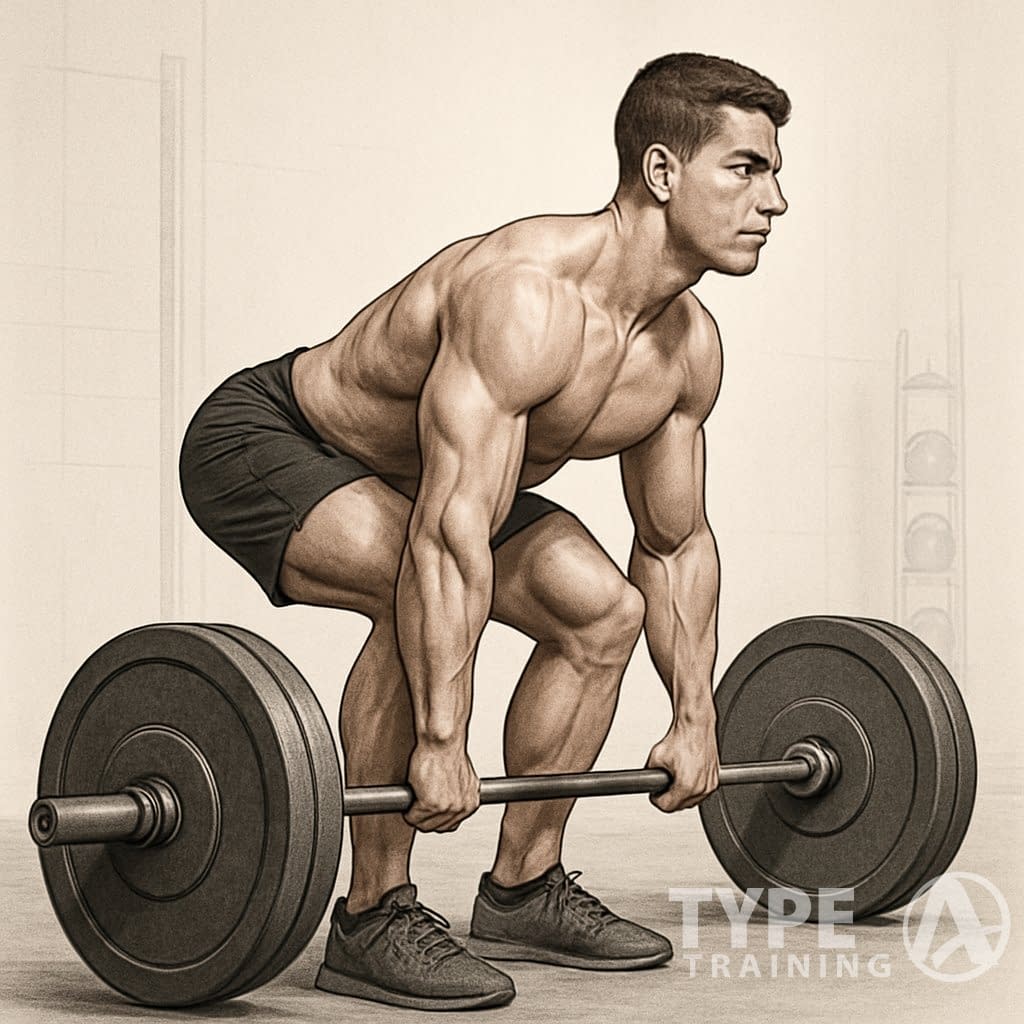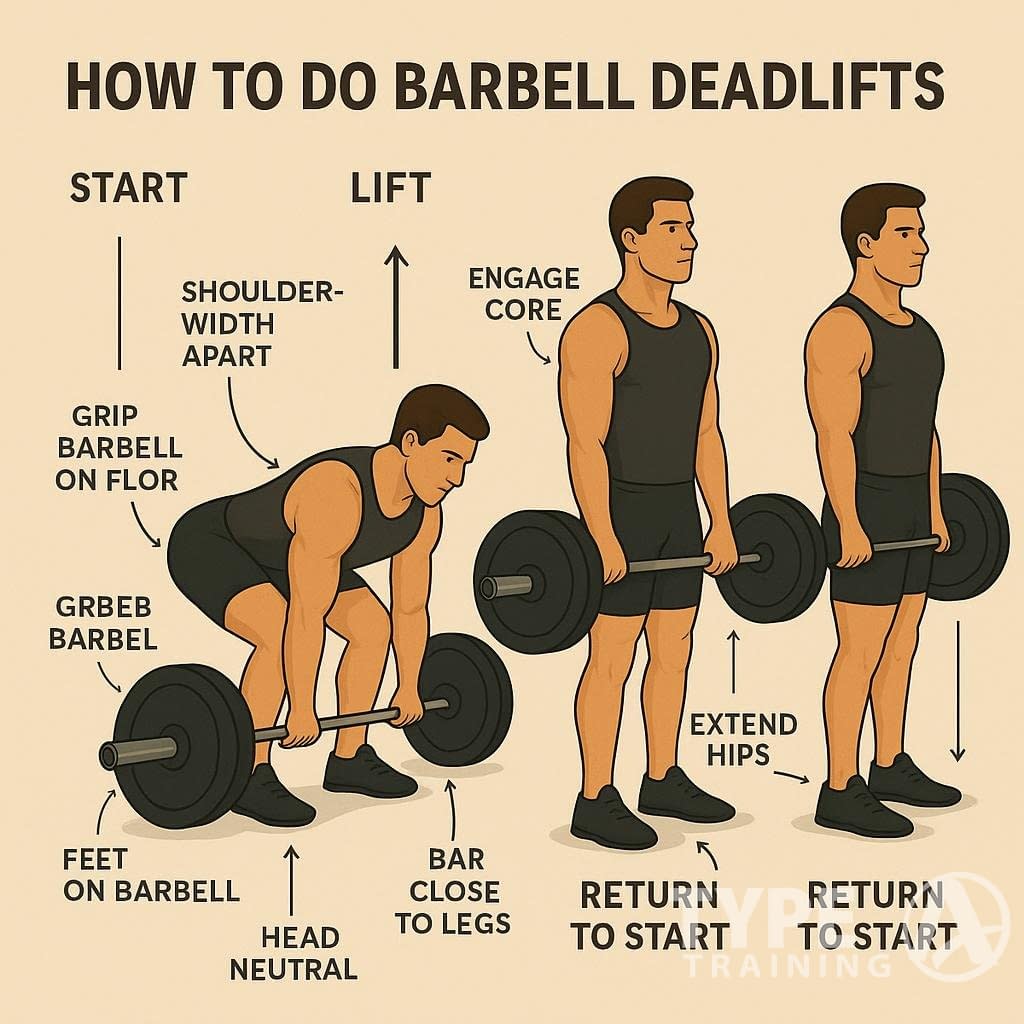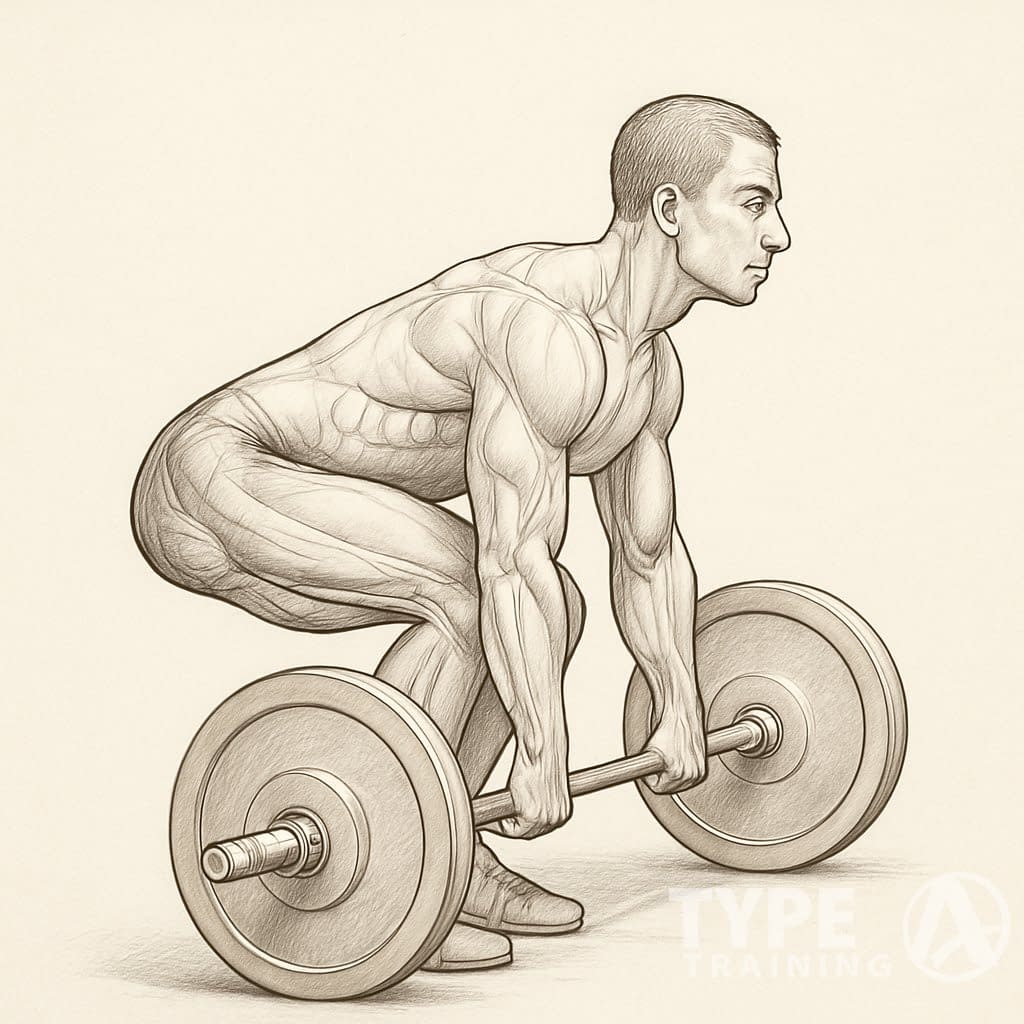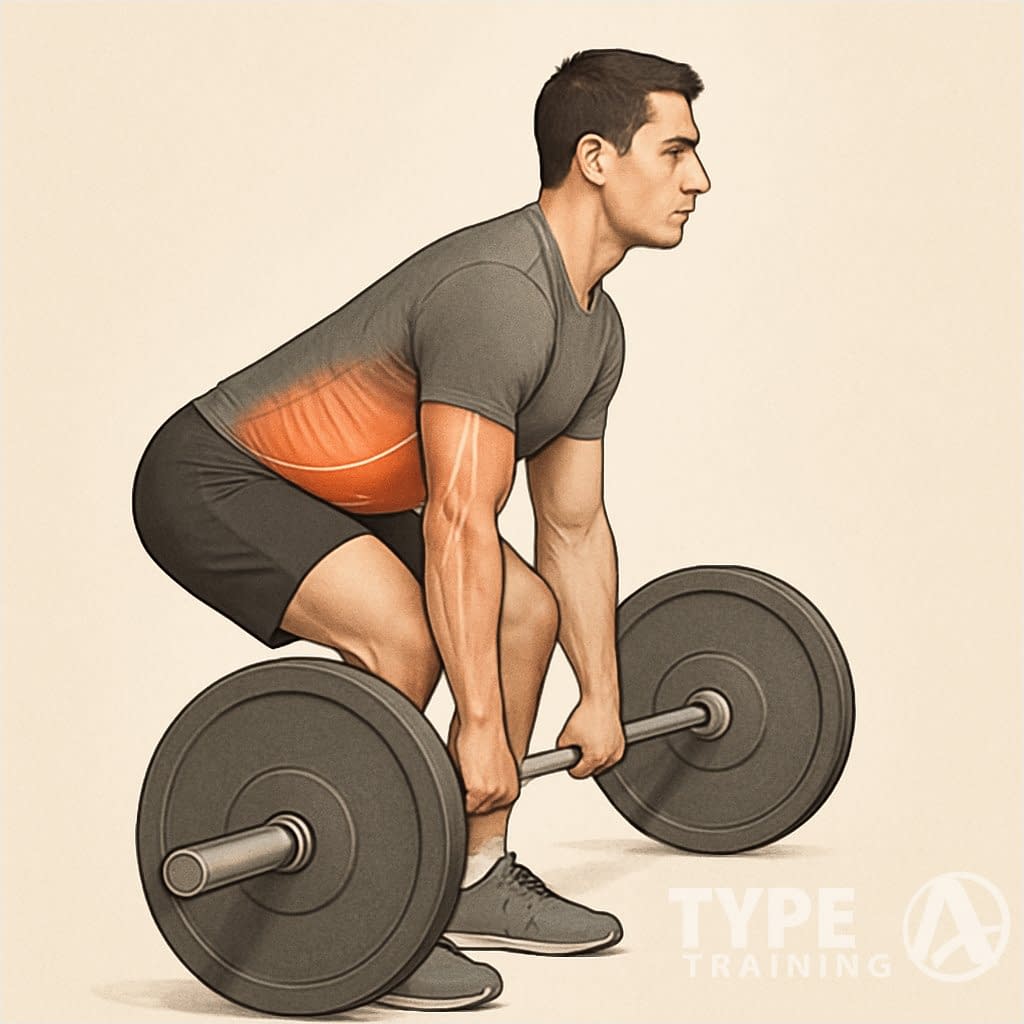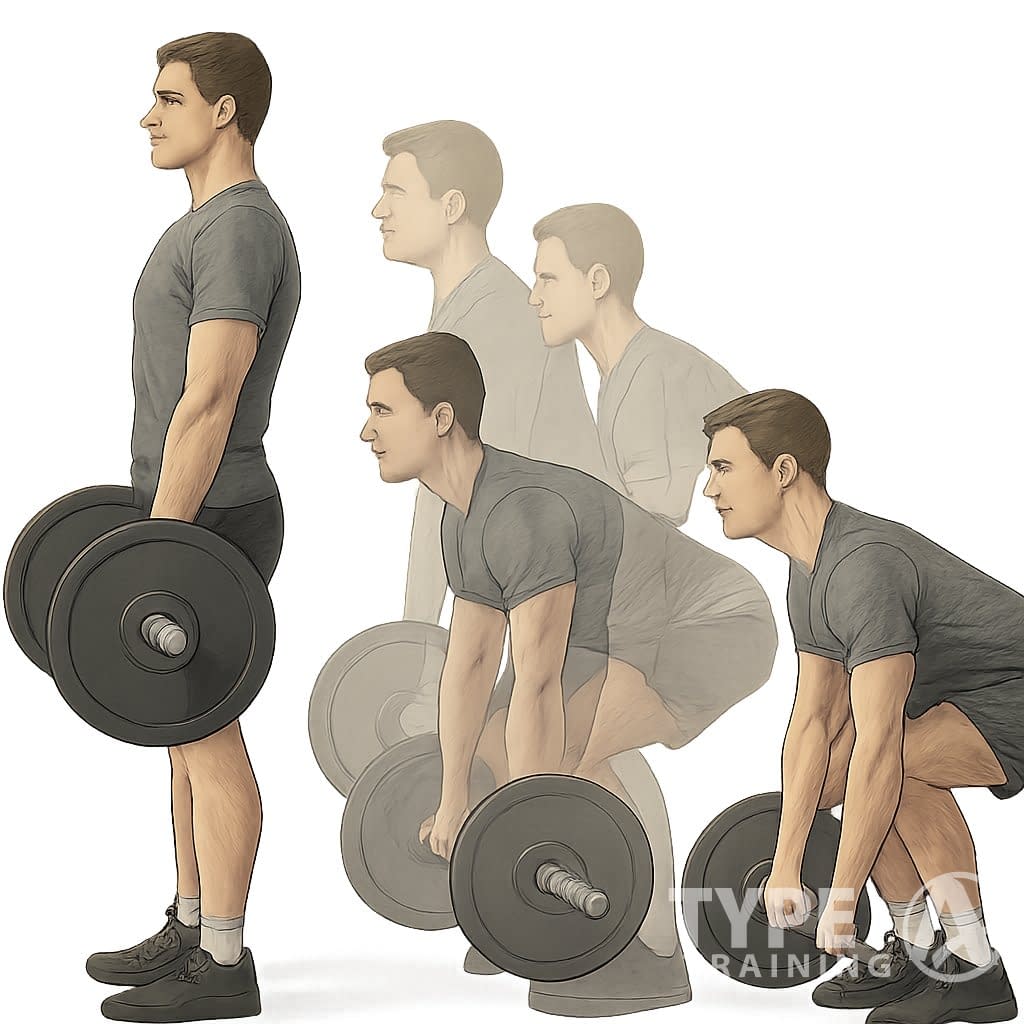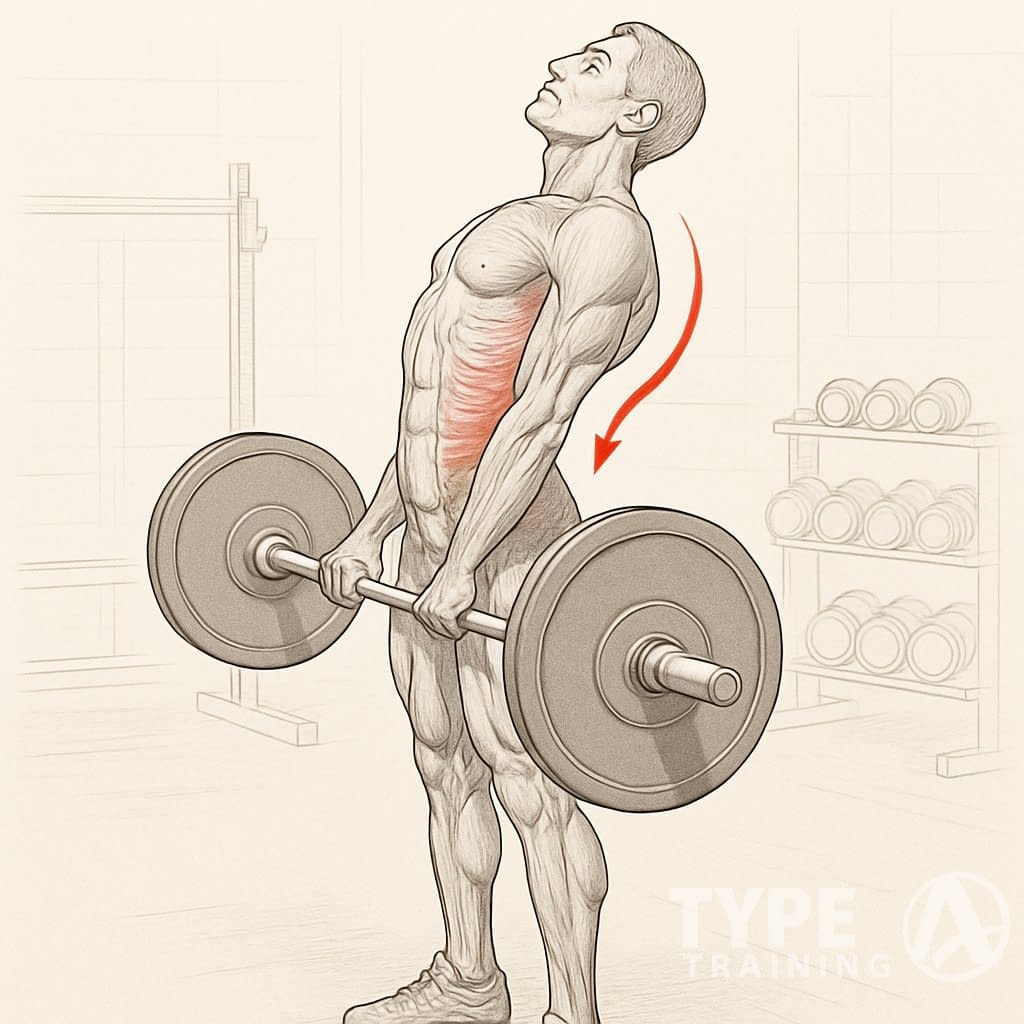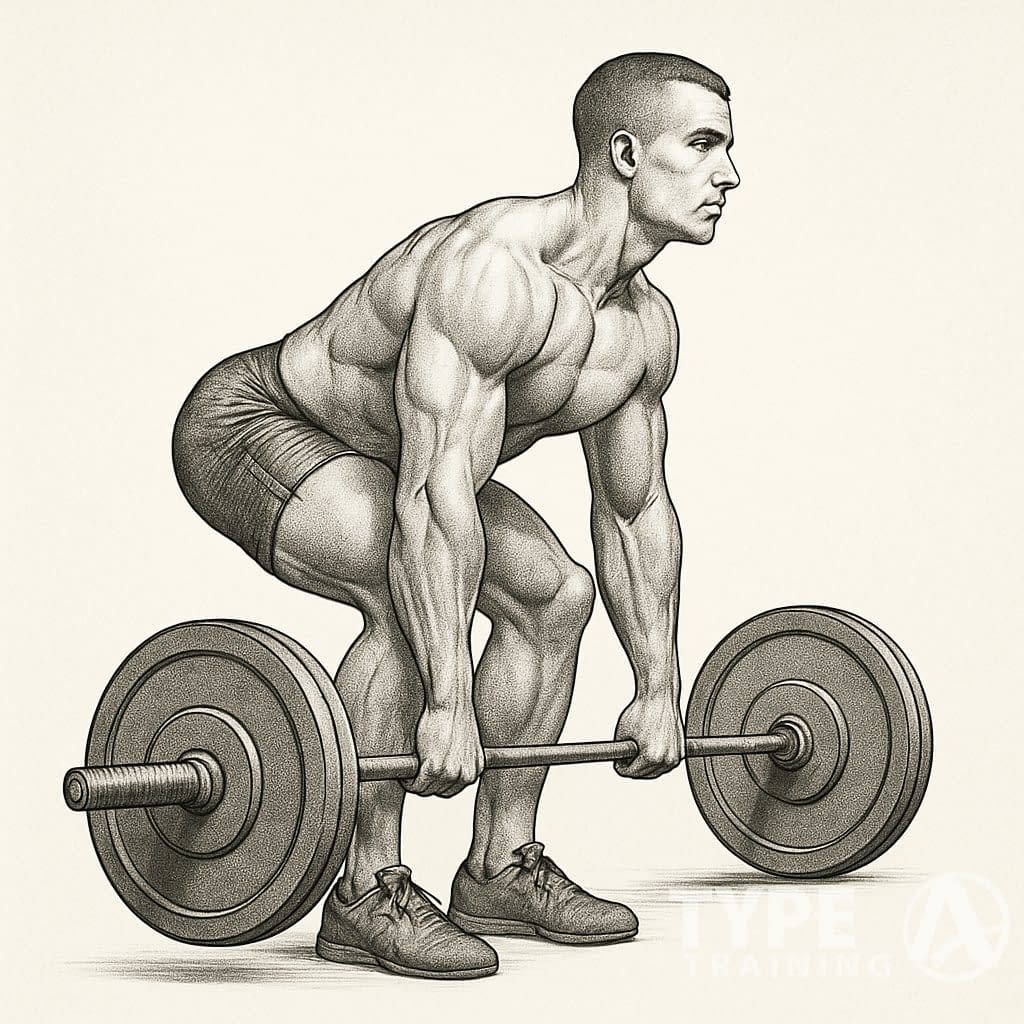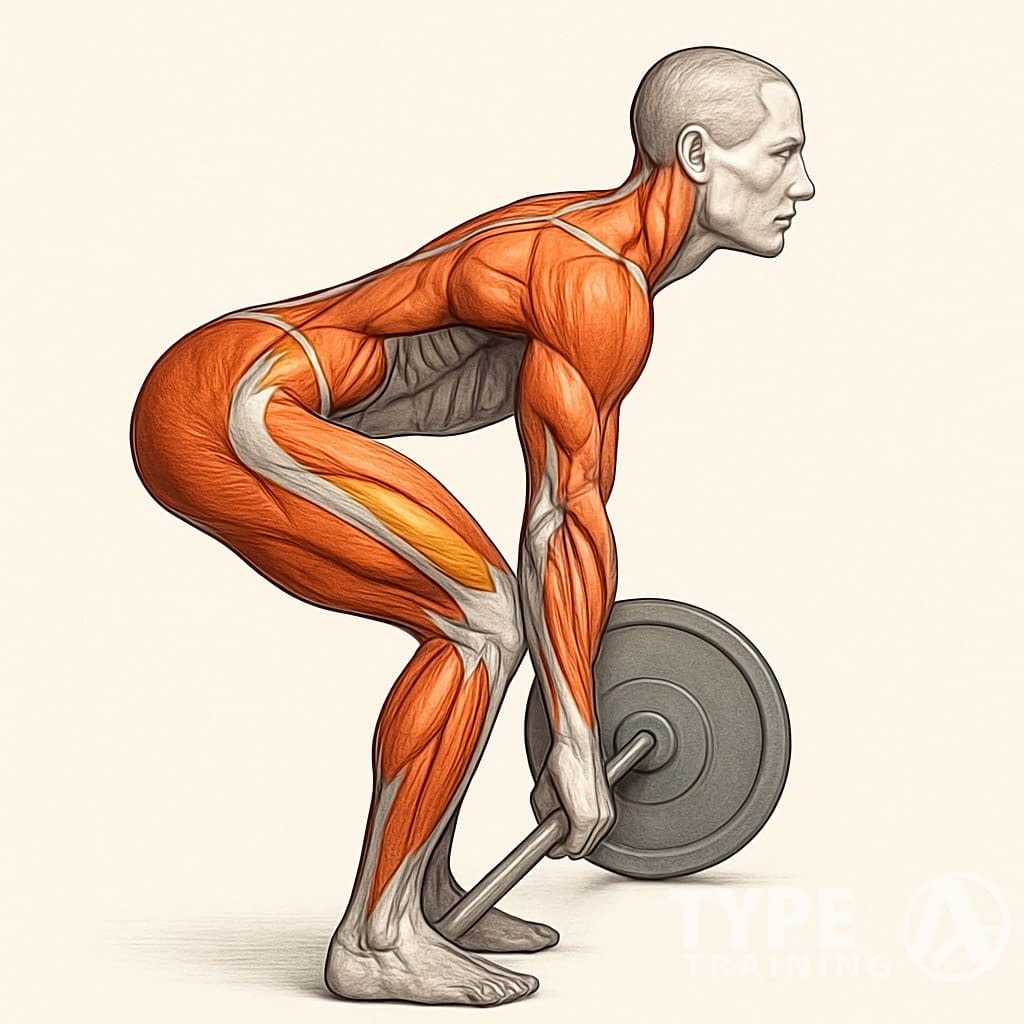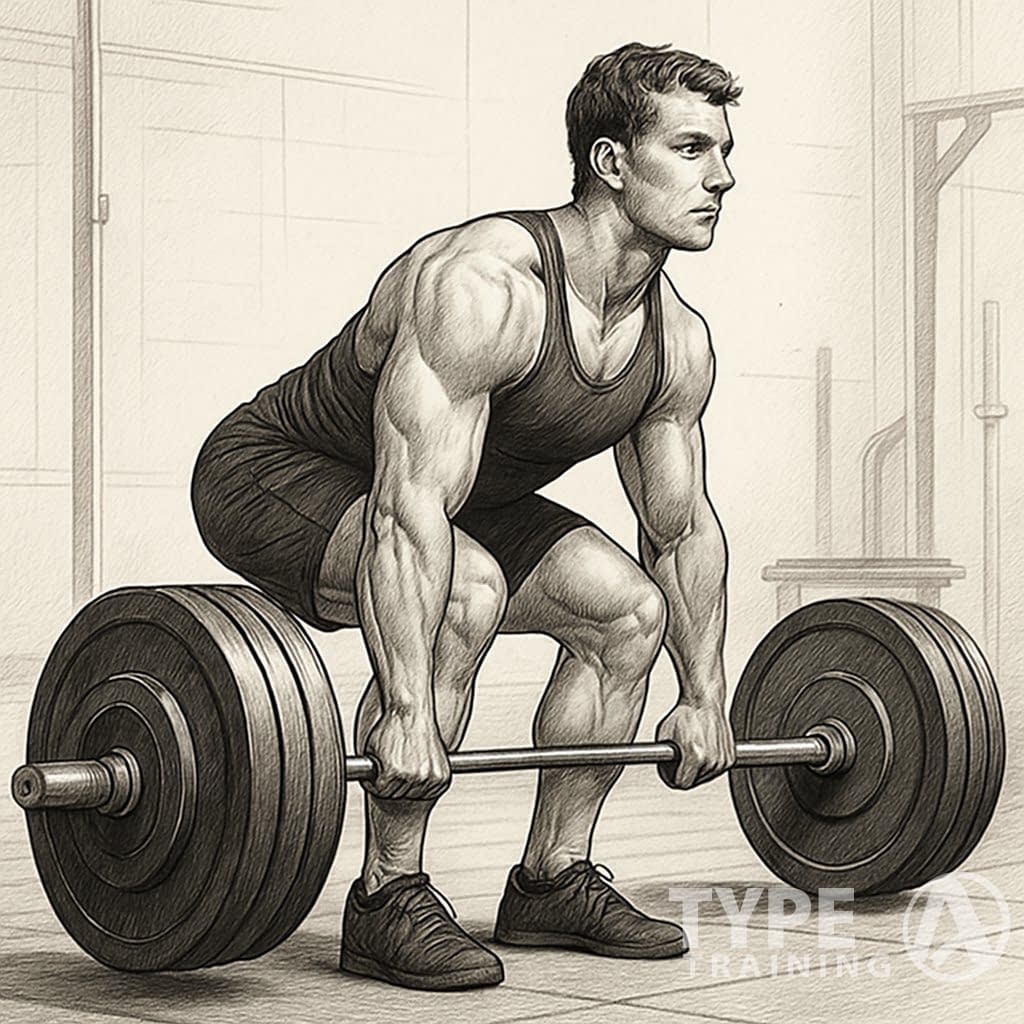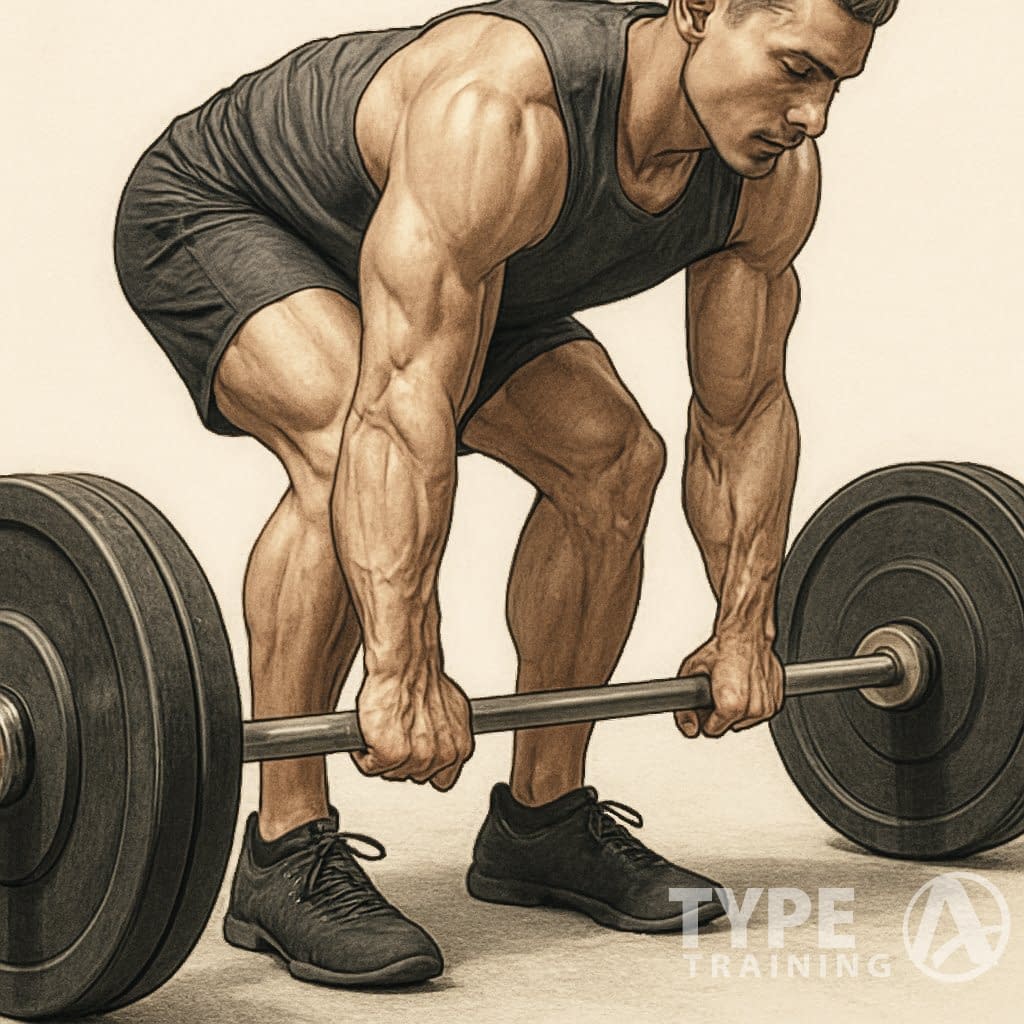The deadlift is one of the most powerful and effective exercises in strength training. At its core, it’s simple—you lift a weight from the ground to a standing position.
This movement does more than showcase strength; it builds functional power for everyday tasks like picking up heavy objects. Whether you use a barbell, dumbbells, kettlebells, or a trap bar, deadlifts deliver impressive results for muscle growth and overall strength.
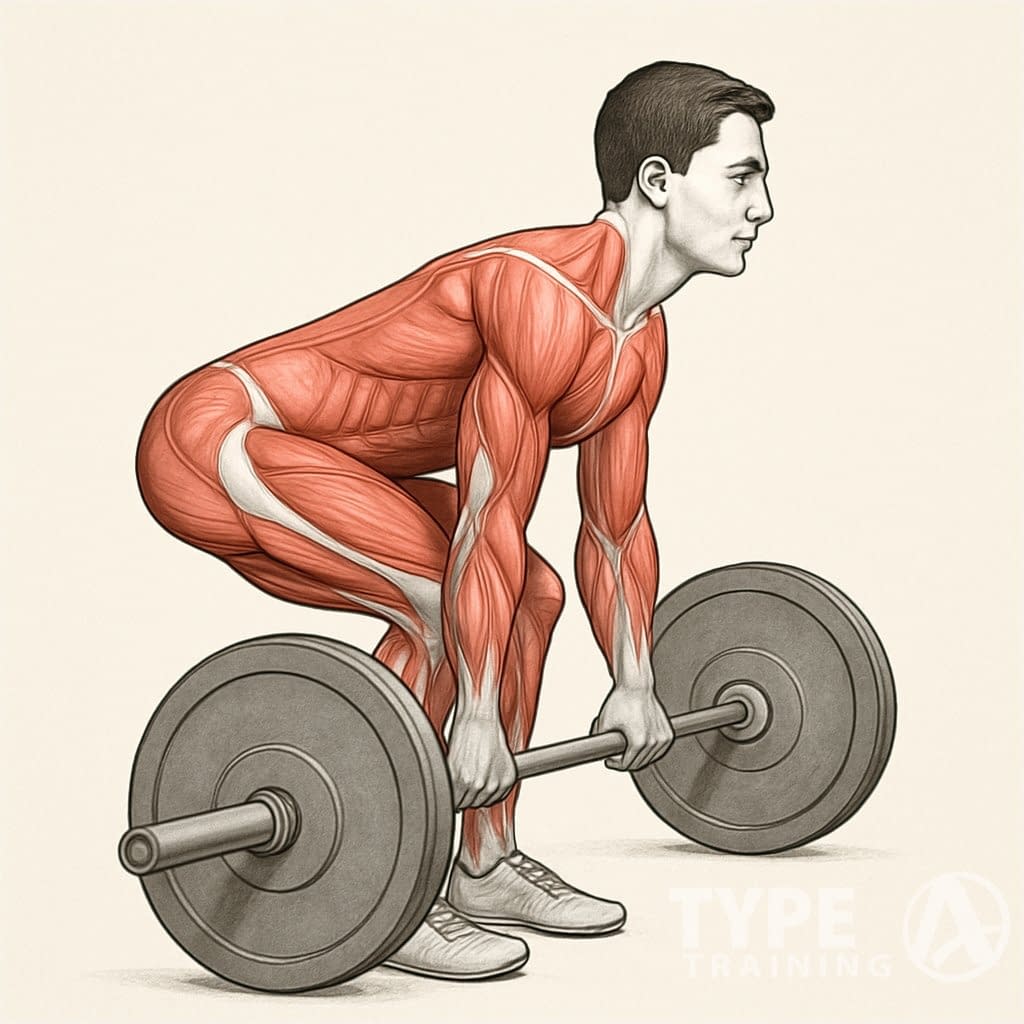
While deadlifts may look straightforward, good technique is crucial for safety and results. The movement works several muscle groups at once, especially your posterior chain—think glutes, hamstrings, and back muscles.
Popular posts:
Your grip strength also gets tested as you hold onto heavy weights. Mastering the form takes practice and attention to detail, particularly as you move up in weight.
Key Takeaways
- The deadlift is a fundamental strength exercise that builds functional power by engaging multiple major muscle groups at once.
- Proper form is essential when deadlifting to maximize results and prevent injury, especially as you lift heavier.
- Regular deadlifting strengthens your posterior chain, improves grip, and builds practical strength for daily life.
How Deadlifts Improve Your Daily Life
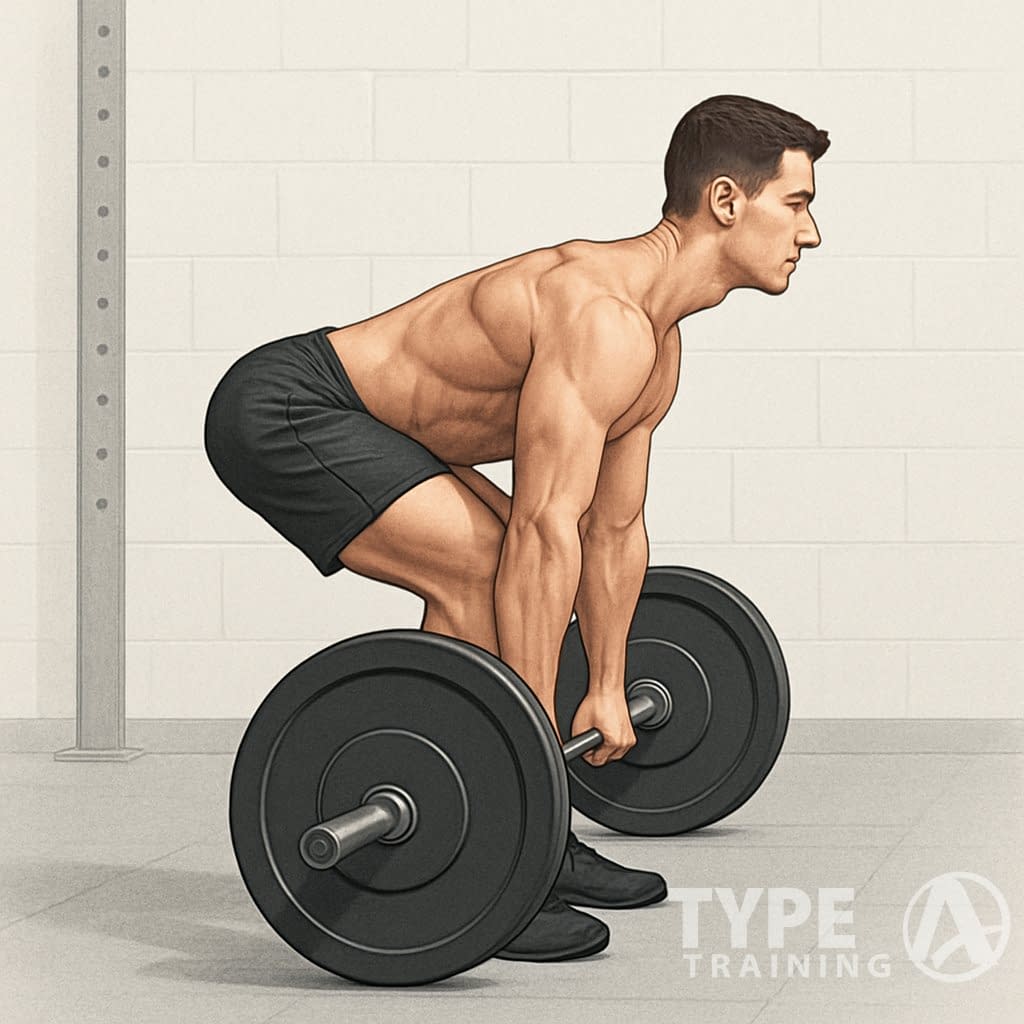
Deadlifts translate directly to things you do every day. Picking up grocery bags, lifting a suitcase, or scooping up your kid from the floor? All deadlift motions, really.
The strength you gain from proper deadlift form helps you:
- Prevent injuries during common lifting tasks
- Build functional strength you actually use
- Develop safer movement patterns for bending and lifting
This exercise teaches your body how to handle weight the right way. You can lift objects in real life with more confidence and less risk.
The benefits of deadlifting go well beyond the gym, giving you a base of strength for all sorts of situations.
Start Simple: No Equipment Needed
If you’re new to deadlifts, keep it basic. You might see experienced lifters using belts or wrist straps and think you need them too, but you really don’t.
Those tools are for advanced lifters moving big weights. As a beginner, focus on mastering proper technique, not adding gear or chasing numbers.
- Accessories can mask form issues you need to fix
- They might create bad habits
- You want your core to get strong naturally
Your body needs to learn the basic movement pattern first. Once your form is solid and you’re lifting heavier, then maybe try some specialized equipment.
How to Do Barbell Deadlifts
The barbell deadlift is one of the best full-body exercises out there. When you do it right, you strengthen your back, legs, core, and grip all at once.
Here’s how to perform it:
- Starting Position
- Stand with feet shoulder-width apart
- Place the bar over your mid-foot
- Your shins should lightly touch the bar
- Setup
- Hinge at your hips and bend down
- Grab the bar with an overhand grip, hands just outside your legs
- Keep hips higher than knees but lower than shoulders
- Pull your shoulder blades together to engage your lats
- Brace your core tightly
- Look at the floor about six feet ahead—keep your neck neutral
- The Pull
- Drive your feet into the floor, almost like you’re pushing it away
- Keep the bar close to your body
- Maintain a flat back as you lift
- Stand up by extending hips and knees
- Squeeze your glutes at the top
- Don’t lean back at the top—that stresses your lower back
- The Return
- Lower the weight by hinging at your hips
- Keep the bar close to your legs
- Bend your knees after the bar passes them
- Return to your starting position with control
Pro Tips:
- Wear long socks or pants to save your shins
- Think about pushing the floor away, not just pulling the bar up
- Take a deep breath before each rep to brace your core
- Keep your arms straight—they’re just hooks, nothing fancy
Key Deadlift Safety Tips
Before you grab the weight, know how to deadlift safely. Here are the big things to remember:
- Protect your back by keeping a neutral spine
- Avoid mistakes like rounding your shoulders or jerking the bar
- Use good form to keep your lower back safe
- Push through your heels when you lift
- Start light and master the technique first
Hips Lower Than Shoulders
Getting your positioning right is crucial. Always keep your hips lower than your shoulders during the lift.
This activates your glutes and hamstrings, making them the main power source. That way, you take the stress off your lower back.
To get into this position:
- Sit back just a bit
- Bend your knees more than you think you need
- Feel the tension in your hamstrings
This method gives you better leverage and stops your lower back from doing all the work. Your glutes and hamstrings should handle most of the lift, not your spine.
Engaging Your Lats for a Better Deadlift

The deadlift isn’t just about your legs. Your upper body plays a huge role, too.
Your lats act like a corset, stabilizing your torso the whole time.
How to engage your lats properly:
- After gripping the bar, squeeze your shoulder blades together
- Picture trying to crush a nut between your shoulder blades
- Rotate your elbows so they point behind you
- Take the slack out of the bar before you start the lift
When your lats are engaged, you create a solid base for the lift. This helps keep your upper back from rounding, which is a common way people get hurt.
You’ll know you’ve got it when you feel tension across your whole back before the plates even leave the ground. That tight lat position keeps your form solid through the lift.
A strong deadlift comes from a complete chain of activated muscles. Your lats are the link between your upper and lower body, and honestly, you can’t skip them if you want to lift well.
Strengthen Your Natural Support System
When you lift heavy weights during deadlifts, your body already comes with an amazing built-in support system. You don’t always need an external belt—your own muscles can handle a lot if you use them right.
Your core muscles work together as a team:
- Lower back muscles
- Obliques (side muscles)
- Abdominal muscles
- Deep internal stabilizers
When you engage these muscles, you create core stability that helps protect your spine during big lifts.
How to properly brace:
- Take a deep breath into your belly, not your chest.
- Expand your midsection in all directions.
- Tighten your core muscles firmly.
- Keep a neutral spine position.
This breathing technique boosts your intra-abdominal pressure. It sort of turns your torso into a solid pillar, transferring force between your hips and the weight.
Brace before the weight leaves the ground and keep this core strength throughout the whole lift.
Treat Each Repetition with Care
When you deadlift, especially with heavy weights, patience is key. You want to approach each rep carefully and with intention.
Key points for quality deadlifts:
- Don’t rush through your reps
- Review your form checklist after each rep
- Take enough time between reps
- Focus on clean, controlled movement every time
Even in sets with multiple reps, treat every lift as its own movement. Give each one your full attention and best technique.
You Mix the Grip
Your grip choice on deadlifts matters more than you might expect. A lot of lifters use a mixed grip (one hand over, one hand under) for heavier weights because it keeps the bar from rolling.
But this convenience can have downsides:
- It creates muscle imbalances over time
- Your lats and mid-back work differently on each side
- It adds an anti-rotation challenge you probably don’t want
Your core shouldn’t have to fight rotation during deadlifts—it has enough to do already! That’s why the overhand grip (both palms facing you) is usually better for long-term progress.
Think about it: if you did pullups with a mixed grip, you’d make things harder by forcing anti-rotation. For deadlifts, that extra challenge just gets in the way of good form.
If grip strength limits you with an overhand grip, try:
- Chalk for better hold
- Grip-specific training
- Hook grip (takes some getting used to)
Your deadlift technique should help you build balanced strength, not set you up for problems later.
Bar Positioning Is Critical
Bar placement really matters for a safe and strong deadlift. The bar should stay close to your body from start to finish.
Set up with your feet under the bar and the bar right over your mid-foot. If the bar sits too far in front, you lose leverage and put more strain on your lower back.
- Your leverage suffers
- Your lower back gets stressed out
Lots of people keep the bar away to avoid hitting their shins, but honestly, that’s a bad trade-off for your spine. If you need to, wear long socks or pants to protect your shins so you can maintain proper leverage without sacrificing your form.
Hip Position Higher Than Shoulders
When you set up for a deadlift, your shoulders should always be higher than your hips. If your hips rise above your shoulders, you’re putting your lower back at risk and making your lift less effective.
Warning signs:
- Shoulders drop below hips
- Lower back rounds excessively
- You can’t keep a neutral spine
If you can’t get into the right position, try some alternative deadlift variations:
- Trap bar deadlifts
- Dumbbell deadlifts
- Sumo stance deadlifts
These might fit your body better and still give you the benefits you’re after.
Finishing Strong Without Back Strain
When you finish a deadlift, engaging your glutes is key—but don’t overdo it. A lot of lifters end up bending their spine backward at the top, which is risky.
Your deadlift is done when you’re standing tall with:
- Hips fully extended
- Knees locked
- Shoulders back
- Spine neutral
Once you’re at lockout, you’re finished. Leaning backward past this point doesn’t help your lift and just puts extra stress on your lower back.
Why Deadlifts Are Powerful Compound Movements
Deadlifts are awesome compound movements because they hit a ton of muscles and joints at once. You’re not just working one thing—you’re getting your whole body involved.
Benefits include:
- Building big strength in your posterior chain
- Growing muscle in your glutes and hamstrings
- Strengthening your back
- Boosting your overall functional fitness
Your body acts as a unit during deadlifts. Legs, back, core, even your arms—they all have to work together. That’s why it’s such a fantastic full-body workout and why it builds total strength and muscle mass.
Strengthen Your Back Body Muscles
Your posterior chain—the muscles along your backside—needs regular work for better health and performance. Deadlifts are a top choice for building up these muscles.
When you deadlift with a good hip hinge, you activate:
- Trapezius (upper back)
- Latissimus dorsi (mid-back)
- Erector spinae (spine stabilizers)
- Gluteal muscles (butt)
- Hamstrings (back of thighs)
Training these areas helps your posture and makes your upper back stronger. You’ll also boost your athletic ability with stronger glutes and hamstrings. For the best muscle growth, stick with good form on every rep instead of just piling on more weight.
Key Muscles Worked During Deadlifts
The deadlift really fires up your posterior chain—all those muscles running down the back of your body. Your glutes and hamstrings take on most of the work.
Your erector spinae (those lower back muscles) help keep your spine steady. Meanwhile, your traps and lats in the upper and mid-back kick in to support the weight and keep your posture on point.
When you grip the bar, your forearms get a solid workout—especially if you stick with a pronated grip. Your quadriceps help you extend your knees as you lift.
Even your core muscles join the party. Your abdominals and obliques brace hard to protect your spine when you’re going heavy.
| Primary Muscles | Secondary Muscles |
|---|---|
| Glutes | Forearms |
| Hamstrings | Abdominals |
| Erector Spinae | Obliques |
| Traps | Lats |
| Quadriceps |
Lifting Heavy Loads
The deadlift really is the exercise where most people move the biggest weights in their program. It’s not just about showing off, either.
Pushing yourself to lift heavier is key for building real strength and muscle. As you bump up your deadlift weight, your body gets the message and adapts—muscles, bones, even your nervous system step up to meet the challenge.
Try tracking your progress with this simple format:
| Week | Weight | Reps | Notes |
|---|---|---|---|
| 1 | Start | 5 | Focus on form |
| 2 | +5-10 lbs | 5 | Maintain technique |
| 3 | +5-10 lbs | 5 | Assess progress |
Just don’t forget: form comes first, even as you chase heavier lifts.
Building Your Deadlift Grip Power
Your grip strength makes a huge difference in deadlift performance. When you stick with a standard pronated (overhand) grip, your hands get stronger as you work up to heavier weights.
This grip really tests your ability to hold the bar through the whole lift. If you want to boost your grip, try these:
- Stick with overhand grip for as long as possible for max grip development
- Do 10-15 second holds at about 70% of your max
- Train finger and wrist flexors directly
Mixed grips, wraps, and straps can help with super heavy lifts, but they do take away some grip training. Push your limits with the standard overhand grip before turning to grip aids.
Why Good Deadlift Form Matters
Nailing your deadlift technique isn’t just about looking sharp at the gym—it’s about staying safe and actually making progress. Proper form lets you lift more while keeping your back and spine protected.
Most coaches and experts agree: deadlifts are all about powerful hip extension. That’s the core of the movement.
Key benefits of correct deadlift technique:
- Prevents back injuries and strain
- Lets you add weight safely over time
- Makes sure you’re hitting the right muscle groups
- Boosts your overall lifting efficiency
Some folks skip deadlifts because they’re worried about getting hurt. But honestly, if you do them right, deadlifts can work for almost anyone trying to get stronger.
Your body shape might mean you tweak your setup a little, but the basics stay the same. Here’s what to consider:
| Factor | Why It Matters |
|---|---|
| Stance width | Affects muscle engagement and stability |
| Grip type | Changes how much weight you can control |
| Starting position | Impacts leverage and safety |
You’ve got options for deadlift variations—barbells, dumbbells, kettlebells, you name it. That’s handy for finding what fits your body and experience level.
Even if injury prevention isn’t top of mind, learning solid deadlift technique is key for better results. Taking the time to really learn proper form pays off in strength gains and keeps you from annoying setbacks.
How to Fit Deadlifts Into Your Workout Routine
Deadlifts usually work best right at the start of your workout, when you’re fresh and focused. Begin with 3-4 sets of 6-8 reps at a lighter weight to lock in your form.
That’s your foundation. Once you’re more comfortable, you can:
- Gradually add weight
- Drop the rep count to focus on strength
- Keep deadlifts at the beginning of your session
When to include deadlifts:
- Lower body days
- Back-focused workouts
- Full-body routines
Your muscles need to be fresh for this big lift. Trying deadlifts when you’re already tired can mess with your form and cut into your progress.
Technique always trumps weight, especially when you’re still learning the ropes.
Different Deadlift Styles to Try
The deadlift comes in a bunch of forms, so you’ve got options depending on your goals or whatever equipment you have lying around.
If you want to mix things up, the sumo deadlift lets you use a wider stance, which honestly feels a bit easier on the back for a lot of people.
Not a fan of barbells? Go for dumbbells—they give you more range of motion and just feel different in the hands.
The trap bar deadlift is another solid pick, since it puts you in a more upright spot and can be a bit friendlier on the lower back.
Want to tweak your range of motion? Here are a few popular ways to do it:
- Romanian deadlift: Keep your legs straighter and really zero in on the hamstrings.
- Stiff-leg deadlift: Go for max hamstring stretch and engagement—this one burns.
- Deficit deadlift: Stand on a platform to push that range even further.
- Rack pull: Start higher up for a shorter pull, which can be a relief on tough days.
These variations hit different muscle groups and might help you bust through stubborn strength plateaus.
